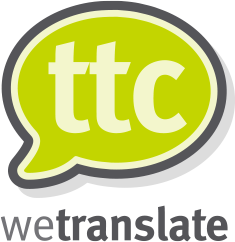
George Bernard Shaw is credited with the satirical comment that the English and the Americans are ‘Two nations divided by a common language’. The English (and, indeed, the Scots, Welsh and Irish) often accuse their cousins across the pond of being unable to spell.
When it comes to translation, there are more than two versions of English. The Australians and New Zealanders also have English as their official language, and, in addition, there are 57 other countries where English is either an official language or in common use. These countries include many Caribbean islands, several African countries (including South Africa) and places like the Philippines, Samoa, the Seychelles and Fiji, not forgetting Canada, of course.
Ireland and Malta list English as one of their official languages, and in many Middle Eastern countries, business is done in English as well as Arabic. In India, which has approaching 30 different native languages – not just local dialects – English is also taught in most places as a second language.
Of course, ‘English’ in each country has it’s own local colloquialisms and varies in usage. For instance, in UK English ‘acclimatise’ means to adapt to a new situation. In the USA they use ‘acclimate’. And that’s just one of the many differences between UK and US English.
Never mind the rest of the world, in the UK there are four nations (five or six if you count Cornwall and the Isle of Man), all of which have their own approach to English usage. Not to mention the great North-South divide where pronunciation varies hugely. Most British people can identify where someone comes from by the way they say words.
Southerners say ‘bah th’, with a long ‘ah’
Northerners use a short ‘a’ and say ‘bath’
People from the north-east of England often say ‘summat’, instead of ‘something’. And that’s just one small example, there are many more. While business documents tend to be in standard English, the tone and style can vary all around the UK.
So what’s this got to do with translation?
That’s simple – if you’re translating into English, you need to be sure that the translator is a native speaker of the right kind of English.
A British translator will translate into UK English, which isn’t useful if the audience is American. A Canadian audience speak (and spell) slightly differently to both the Brits and Americans, using some American-style and some British-style English spellings. If your target audience is French-Canadian, then you might consider having your documentation in both French (the Canadian variety) and English to cover all bases.
And we haven’t got started on grammar yet! When you’re planning to do business in another English-speaking country, get professional help to ensure your material doesn’t put any barriers in the way of understanding. A professional translation service will offer alternative English proof-reading to protect your reputation.

